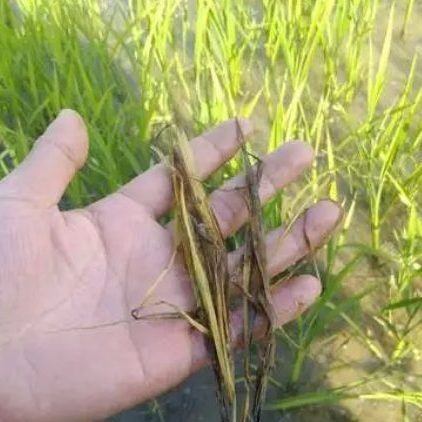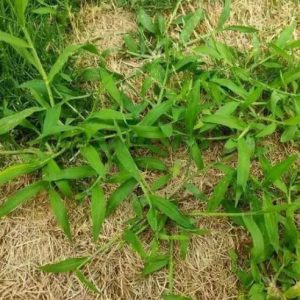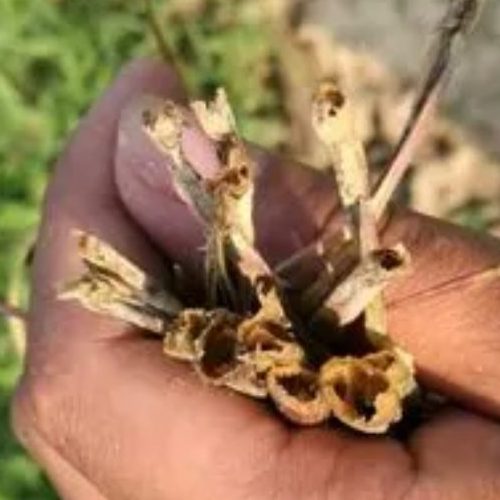
Shijiazhuang Youge Biotechnology Co., Ltd.: Only produces high-quality pesticide products to make farming easier for farmers around the world!
Product Catalog
Emamectin Benzoate
Spinosad
Bacillus thuringiensis
Spirodiclofen
Pyridaben
Etoxazole
Hexythiazox
Bifenazate
Propargite
Amitraz
Lufenuron
Thiamethoxam
Acetamiprid
Imidaclorprid
Nitenpyram
Flonicamid
Dinotefuran
Permethrin
Cypermethrin
Alpha cypermethrin
Beta cypermethrin
Fenvalerate
Lambda-cyhalothrin
Bifenthrin
Beta-cyfluthrin
Deltamethrin
Carbofuran
Carbosulfan
Methomyl
Carbaryl
Oxamyl
Chlorpyrifos
Dimethoate
Malathion
DDVP
Triazophos
Profenofos
Phoxim
Acephate
Fenitrothion
Diazinon
Monosultap
Cartap
Thiocyclam-hydrogen-xalate
Cyromazine
Pyriproxyfen
Tebufenozide
Buprofezin
Pyrethrins
Indoxacarb
Spirotetramat
Chlorfenapyr
Pymetrozine
Fipronil
Metaldehyde
Tebuconazole
Difenoconazole
Propamocarb
Penconazole
Mancozeb
Pyraclostrobin
Thiophanate methyl
Carbendazim
Chlorothalonil
Hexaconazole
Propineb
Dimethomorph
Propiconazole
Tricyclazole
Metalaxyl-M
Metalaxyl
Hymexazol
Copper oxychloride
Copper hydroxide
Benomyl
Flutriafol
Fosetyl-aluminium
Kresoxim-methyl
Triadimefon
Iprodione
Procymidone
Isoprocarb
Triadimenol
Streptomycin sulfate
Prochloraz
Fludioxonil
Prothioconazole
Boscalid
Thiram
Cymoxanil
Leave your message

Acaricide Insecticide-Abamectin: Efficacy, Mode Of Action, And Cost
Acaricide Insecticide Abamectin is a widely-used acaricide known for its effectiveness against a variety of mites. Its main mode of action involves stimulating the release of gamma-aminobutyric acid (GABA), which increases chloride ion permeability, resulting in paralysis and death of the mites. Abamectin is particularly effective against spider mites and leafminers, providing quick knockdown and long-lasting residual control.
In terms of cost, abamectin is relatively affordable compared to some newer acaricides. However, its effectiveness can be reduced by resistance development if used repeatedly without rotation with other acaricides. Despite this, its broad-spectrum activity and relatively low cost make it a staple in integrated pest management (IPM) programs.
Spirodiclofen: Efficacy, Mode Of Action, And Cost
Spirodiclofen is another potent acaricide known for its effectiveness against a wide range of mite species, including spider mites, rust mites, and gall mites. It acts as a lipid biosynthesis inhibitor, disrupting mite development and reproduction. Unlike abamectin, spirodiclofen is particularly effective at targeting all life stages of mites, including eggs, nymphs, and adults.
In terms of cost, spirodiclofen tends to be more expensive than abamectin. However, its unique mode of action and broad-spectrum efficacy make it a valuable tool in resistance management strategies. Spirodiclofen is especially useful in programs where mite populations have developed resistance to other acaricides.


Etoxazole: Efficacy, Mode Of Action, And Cost
Etoxazole is a selective acaricide primarily used for controlling spider mites. It inhibits mite growth by disrupting chitin synthesis, which is crucial for mite development and molting. This mode of action makes etoxazole highly effective against mite eggs and early instar larvae, but less so against adult mites.
The cost of etoxazole is moderate, and it is often used in combination with other acaricides to ensure comprehensive mite control. Its selective action and compatibility with beneficial insects make it an excellent choice for integrated pest management programs, although it requires careful application timing to maximize its efficacy.
Propargite: Efficacy, Mode Of Action, And Cost
Propargite is a non-systemic acaricide with contact and stomach action. It is effective against a wide range of mite species, including spider mites, red mites, and rust mites. Propargite works by inhibiting oxidative phosphorylation, leading to energy depletion and death in mites.
In terms of cost, propargite is relatively inexpensive, making it an attractive option for large-scale agricultural operations. However, its non-systemic nature requires thorough coverage to achieve optimal results, which can increase application complexity. Propargite is often used in rotation with other acaricides to manage resistance and maintain its efficacy over time.
In Conclusion
When choosing an acaricide insecticide for mite control, it is essential to consider the efficacy, mode of action, and cost. Abamectin offers broad-spectrum control and affordability but faces resistance issues. Spirodiclofen provides comprehensive control across all mite life stages but at a higher cost. Etoxazole targets mite eggs and larvae with moderate cost and is ideal for IPM programs. Propargite is cost-effective with a unique mode of action but requires thorough application.




